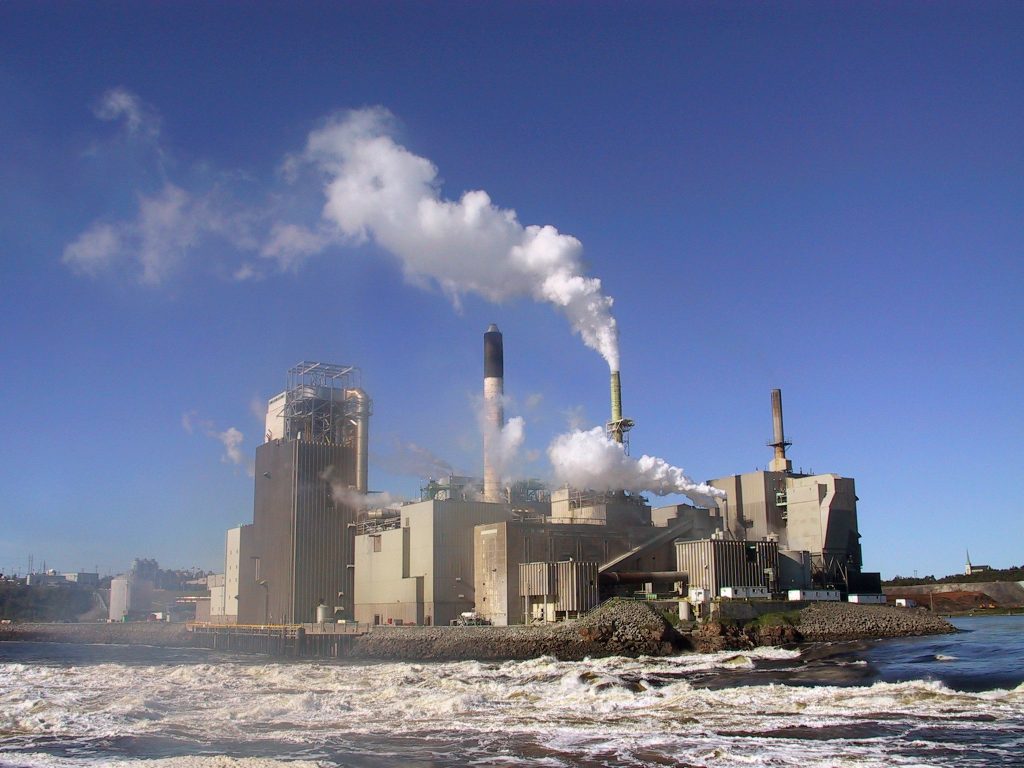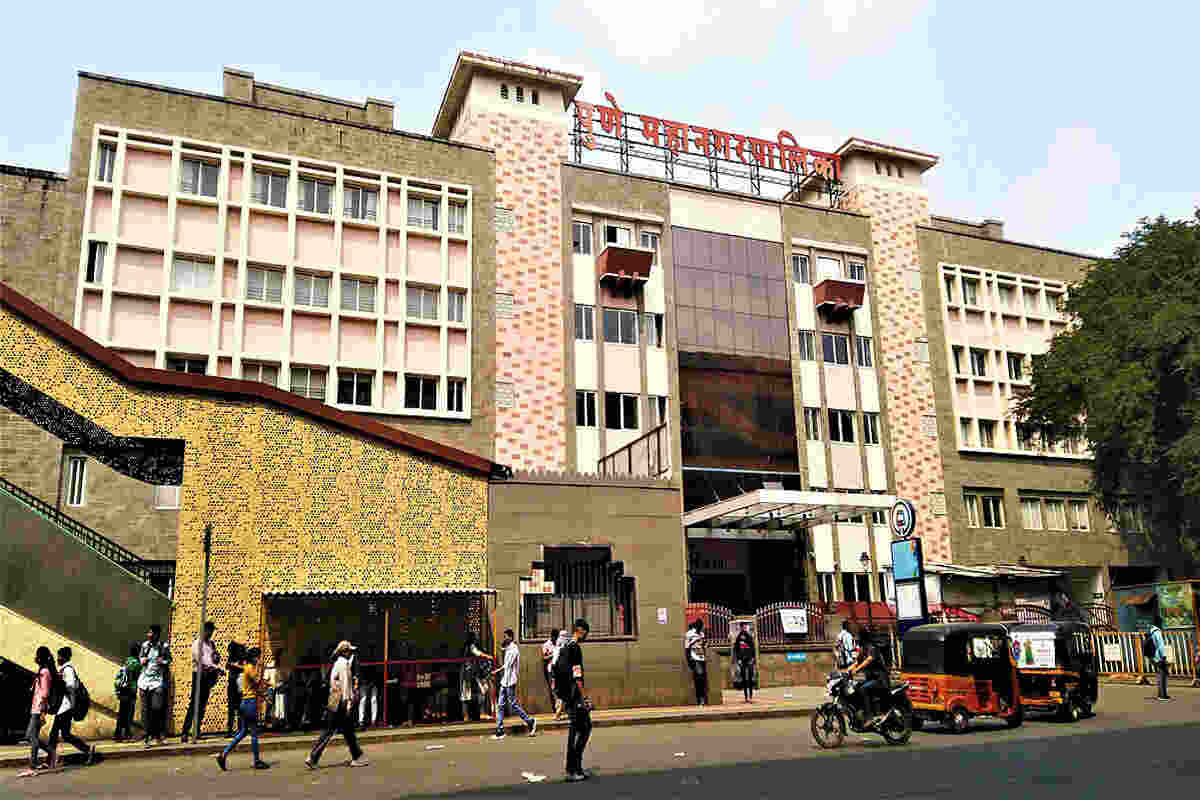The Androscoggin River in the US produces 3.8 megawatts from power stations which support around 2,500 homes with electricity. However, the vast amount of pollution present within the river, threatens the thousands of people living nearby.
The river spans 178 miles and traverses through Maine and New Hampshire. Throughout its course, it descends 1,245 feet and is an effective source of water power, encouraging the development of cities and industries.
From the 1940s through the 2000s, the Androscoggin was so polluted that some environmental groups listed it as one of the 20 most polluted rivers in the United States.
Once filled with pollutants and chemicals, the Androscoggin River was one of the leading factors in the creation of the Clean Water Act, which benefited many polluted rivers across the US.
However, continued discharge of chemical waste into the Androscoggin river by multiple industries consistently threatens the future of the Androscoggin River.
CONTAMINATED WASTEWATER
Since the late 19th century, industrialization has played a huge part in the pollution present within the Androscoggin River.
The close proximity of the river with that of cities and industries, municipal and wastewater discharges from industries has polluted the ecosystem and environment by creating “20-foot drifts of yellow-brown fumes”, as well as a “rotten egg odor”.
People say 30 years ago the odor from the water could peel the paint off houses and you could bounce quarters off the foam.
The Clean Water Act has helped to improve the water quality of the river, however, parts of the river, specifically the 160 mile long section in Gulf Island Pond, still do not meet the standards.
The main reasons for the existence of pollution within the river are the discharges from mills and wastewater treatment facilities that taint the river and harm the ecosystem.
SOURCE OF POLLUTION: PULP AND PAPER MILLS
A report stated that 92% of the total pollution within the river were originally discharged from paper mills.
- Production of the first large pulp and paper mills in the early 20th century, brought extraordinary high amounts of toxic chemicals into the river causing high nutrient levels and lowered dissolved oxygen levels.
- Approximately 17,000 gallons per ton of paper are used for the paper production process, and the mills found it most convenient to dump the wastewater into nearby rivers, thereby contributing to the increasing amounts of pollution.
- Paper mills account for 83% of oxygen-depleting chemicals, as well as 77% of phosphorus pollution.
The excessive discharge of nutrients such as sulfite and phosphorus resulted in enormous algae blooms growth and oxygen levels depletion resulting in the suffocation and ultimately death of countless organisms.
The Verso mill – formerly named International Paper – is one of the largest polluters of the Androscoggin River. In 2005, the mill was sued for violations of the Clean Water Act with allegations of dumping 40 million gallons of wastewater per day into the Androscoggin River.

COMBINED SEWER OVERFLOWS (CSO) in Androscoggin River
The Androscoggin River received a total of 14.2% of Maine’s Combined Sewer Overflow (CSO) discharge, which is more than 62 million gallons of waste.
Due to the toxic chemicals, untreated waste, and plastic debris that combined sewer overflows introduced into the river, it has contributed significantly to the death of marine life present within the Androscoggin River.
The Department of Environmental Protection has taken action towards banning 10 of the CSO flows, however, more action by the administration and community is needed to create a safe and clean environment in and by the Androscoggin River.

DETERIORATING WATER QUALITY PARAMETER In Androscoggin River
Aside from combined sewer overflows and paper mills, other parameters that also contribute to the pollution present within the Androscoggin River include dissolved oxygen levels, dioxin, toxic sediment, as well as lenient policies from authorities.
1. DISSOLVED OXYGEN
Dissolved oxygen levels are essential for aquatic life. Unfortunately, the level in the Androscoggin River is not adequate.
- In 1957 the level of dissolved oxygen levels were under 2 ppm (parts per million) which is below the level of 3ppm needed to sustain fish life. As a result, millions of fish died due to the insufficient oxygen.
- 5,800 tons of sulfite pulp per week that were often dumped into the river by paper mills promotes the growth of algal blooms thus causing the level of dissolved oxygen to significantly decrease.
- In 2002, the Gulf Island Pond within the Androscoggin River exceeded the algal bloom threshold of 8 parts per billion (ppb) by around 7 ppb.

2 .DIOXIN
Dioxin, a highly toxic organic pollutant discharged from the paper mills, also poses a threat to marine life within the river.
- In 2005, white suckers in the Androscoggin River were found to contain a mean dioxin concentration of around 4. Dioxin consumed from fish can cause serious problems for the safety of humans.
- Dioxin in fish can accumulate to 25 thousand to 50 thousand times the concentration present within the river. The general public is warned heavily against the intake of fish caught from the Androscoggin River, due to the high concentrations of dioxin.
- In addition, known as persistent environmental pollutants (POPs), dioxins can remain in the environment for many years.
3. TOXIC SEDIMENT
By 1970, the Androscoggin was considered one of the most polluted rivers in the United States and the largest body of water with toxic sediments in Maine.
- Legacy pollutants such as mercury within the sediment of the Androscoggin River have historically come from mill activities near the river banks.
- In a study done by the United States Geological Survey, results depicted that mercury concentrations in sediment near stream reaches was approximately 200 nanogram/g which was higher than the guidelines.
- Methylmercury is formed when inorganic mercury is present within the sediment. Even in small quantities, it can accumulate into large amounts within fish and pose a threat to human health when consumed.
HESITATION FROM THE AUTHORITIES
With the mill’s claim for providing work to the majority of people in Lewiston by the Androscoggin River, authorities have been cautious in establishing limits for mill pollution, which only contribute to the declining state of the river.
- In 2003, the Commissioner of the Department of Environmental Protection developed a plan for a new license that would clean the Androscoggin River, however, for no reason at all, the Commissioner halted the task force meeting for implementing this plan.
- Rising pressure from paper industries, such as International Paper, was believed to be the main cause of hesitation and inactivity from the authorities.
- Recent Supreme Court cases and confusing guidance from the Environmental Protection Agency have jeopardized Clean Water Act protections for “more than 20 million wetland acres and an estimated 59% of the stream miles that sustain our communities.”
COMMUNITY INITIATIVES: ANDROSCOGGIN RIVER and LAND TRUST
The Androscoggin Land Trust is a membership-supported nonprofit organization dedicated to conserving areas of ecological importance within the Androscoggin River Watershed.
- Over 30 years, the Androscoggin Land Trust has succeeded in bringing over 5000 acres of land to the conservation for protection of natural ecosystems and public recreation.
- On August 3rd.In 2019, the Androscoggin Land Trust hosted its 8th annual Androscoggin River cleanup along with local volunteers and succeeded in spreading awareness of the need to eliminate pollution within the Androscoggin River to many residents.
THE CLEAN WATER ACT
In 1972, U.S. Senator Edmund Muskie, who grew up by the Androscoggin River, was inspired to take action to stop pollution and improve water qualities for rivers and lakes all across the US.
As a result, Muskie proposed the Clean Water Act and led the successful effort towards establishing the federal law, which prevented billions of pounds of waste from entering our beloved rivers.
The Clean Water Act closed loopholes that had left more than 55% of Maine’s stream miles and thousands of acres of wetlands at risk for pollution, thus threatening the drinking water of Mainers across the state.
Although the Androscoggin River is “relatively clean now,” several sections of the river still do not abide by Class C standards, mainly due to the accumulated discharge of pollution from mills.
CIRCULAR ECONOMY SOLUTIONS BY INDUSTRY
The main problems that continue to endanger the Androscoggin River are the continued discharge of pollution from paper and pulp mills, as well as the accumulated pollutants within the ecosystem.
- Stricter regulations from the administration, along with the adoption of the circular economy by the local paper and pulp mills, must be taken to reduce the amount of pollution discharged into the Androscoggin River.
- A circular economy solution that local mills can adapt to a larger degree is reusing wastewater, sludge, and organic nutrients generated from mills as a fertilizer for agriculture.
This solution would not only reduce waste in the Androscoggin River but would also create an efficient energy source for the agriculture industry.

CIRCULAR ECONOMY SOLUTIONS BY COMMUNITY
Additionally, the community can adopt the circular economy by:
- Leading protests with the intentions of establishing stricter regulations on the discharge of pollution from paper mills
- Hosting cleanup events within the Androscoggin River to reduce the amount of algae within the river and possibly reusing it as a potential source of food for animal feeds.
- Hosting festivals and field trips to teach residents and students about water quality parameters.
- Creating a volunteer or service system to encourage residents, especially students, to measure the water quality of the Androscoggin River and reach out if the quality is low or acidic.
Community initiatives hosted by Earth5R, such as the Recycle Training at Palghar in India and the Powai Lake Cleanup in India, have already proven useful towards spreading awareness of the issue of pollution and inspiring action for the benefit of our rivers.
Reach out to Earth5R to know more about solving environmental issues by creating circular economy-based sustainability projects.
ABOUT EARTH5R
Earth5R is an environmental organization from India with its head office in Mumbai. It works with the NGO sector, Companies, and helps them conduct environmental corporate social responsibility (CSR) programs across India. Earth5R specializes in circular economy-based projects. Earth5R also offers short-term and long-term environmental courses.
–Reported by Claire Hsu, edited by Shafa Azzahra



